There are those who launched into the void with a wooden and cloth hang-glider, who handled the uranium with their bare hands and those who were crushed between the gears of the machine they had built.
Stories of researchers, scholars and technology pioneers who did not stop at the risk of extreme sacrifice. And it is also thanks to them if today we can travel by air, read the newspaper and even treat serious illnesses.
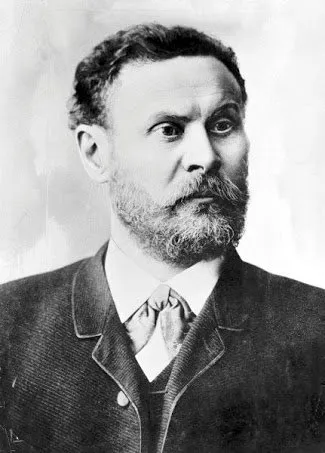
Credits
A pioneer of modern aviation, Otto Lilienthal was a true king of gliding: he was the first man in the world to sail in the skies with a rudimentary hang-glider of canvas and wood. At the end of the 19th century the images of its flights and its shows went around the world convincing the masses of the possibility to build real flying machines.
He died in 1896 during an exhibition: he fell from 17 meters in height, breaking his spine.
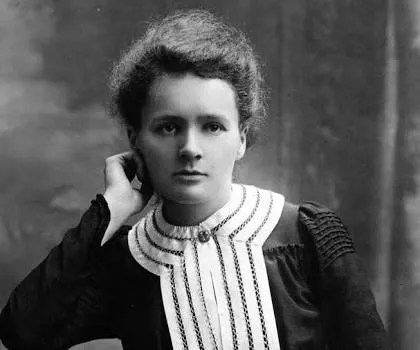
Credits
Maria Skłodowska, better known as Marie Curie , is one of the first women scientists in history. Of Polish origin but naturalized French, She won two nobel prizes, in 1903 the one for physics and in 1911 the one for chemistry, thanks to her studies on radioactivity.
She discovered numerous new chemical elements including radio and polonium and isolated the radioactive isotopes first.
She died in 1934 due to an aplastic anemia contracted almost certainly due to the exposure to radiation of which at the time the danger was ignored. Marie Curie and the environment in which she carried out her experiments have received so many radiations that even the manuscripts of the scientist are radioactive and dangerous.
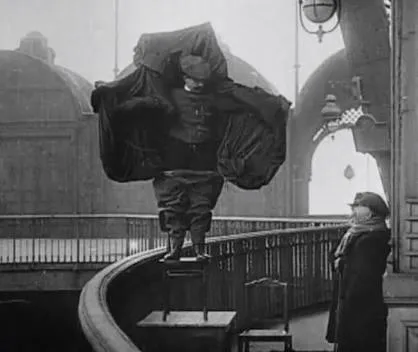
Credits
If you want to be an inventor in life, a bit of madness does not hurt, but ... it's better not to get carried away.
Franz Reichelt was an Austrian tailor with a flying ball. A precursor of modern jumper base, a sort of wingsuit was built, a sort of coat halfway between a parachute and a hang glider, which in theory should have allowed it to glide gently to the ground. On February 4, 1912 he tried his invention in front of a crowd of onlookers, throwing himself from the first floor of the Eiffel Tower, 60 meters from the ground.
He crashed to the ground, but according to the autopsy of the time he died of heart attack and fear a few seconds before the impact.
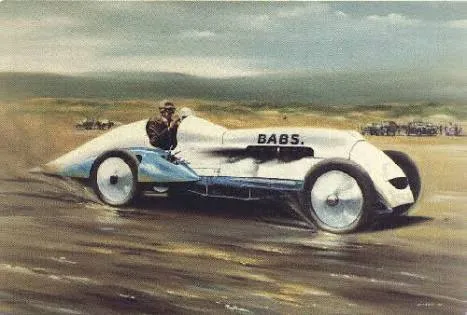
Credits
John Godfrey Parry-Thomas is a young Welshman, pilot and engine enthusiast engineer. Determined to break the speed record on the ground, he designed and built a revolutionary car, the Bald, characterized by an uncovered chain transmission similar to that of motorcycles. On April 26, 1926 he crowned his dream by launching the fireball at over 270 km / h.
But the following year his record was beaten by another pilot, Malcolm Campbell. Parry-Thomas made some changes to his car to make it even faster and in the same year he tried again. But the last attempt was fatal. One of the chains of the transmission broke during the march and twisted around the pilot's neck, killing him instantly.
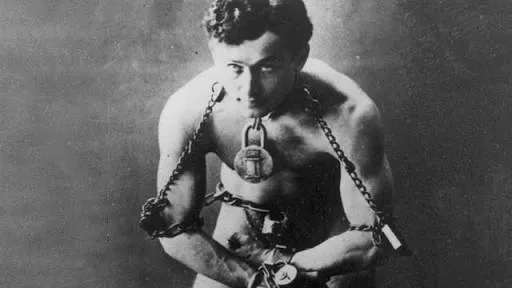
Credits
Known for his incredible abilities to escape, Harry Houdini was not only a great magician, but also a great actor.
One of his most famous acts consisted of being hit hard in the belly by a person in the audience: his strong and trained abdominals protected him from damage and injury. But one evening in 1926 something went wrong: one of his fan joined him in the dressing room and hit him in the abdomen without giving him time to prepare. The event of the blow caused him a peritonitis that killed him soon after.
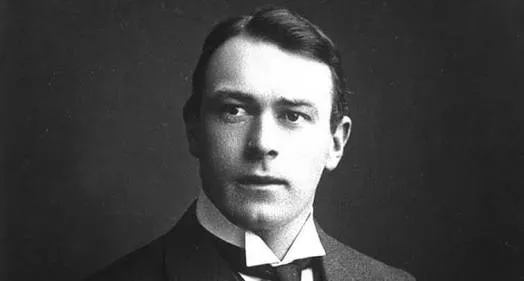
Credits
Thomas Andrews , Irishman, was an architect and CEO of the shipbuilding company Harland and Wolff in Belfast.
He was the chief designer of the RMS Titanic structures and on 15 April 1912 he found his death in the shipwreck, which occurred during his maiden voyage.

Credits
Alexander Bogdanov, physician, physicist, philosopher and revolutionary. He went down in history for having invented blood transfusions: convinced that they could be the source of eternal youth he practiced them to Lenin and his sister.
He died in Moscow on 7 April 1928 for malaria and tuberculosis contracted with a transfusion by one of his patients.
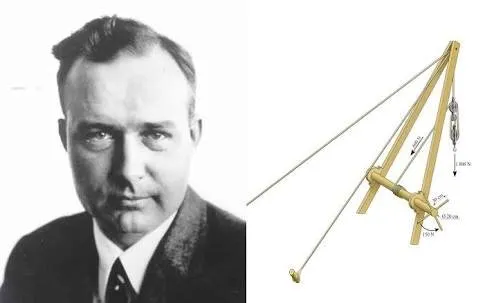
Credits
The distinguished gentleman you see in the picture is Thomas Midgley , an American chemist who invented leaded petrol and chlorofluorocarbons in the 1920s. Considered the biggest responsible for the hole in ozone and air pollution, in the 40s, intoxicated by lead, he became seriously ill and contracted poliomyelitis that immobilized him in bed.
As a good inventor, however, he did not give up and built a complex system of cables and pulleys that allowed him to get up without help. But one morning in 1944 he got stuck between the ropes of his last device and was found suffocated.

Credits
The printing presses were invented in 1863 by the American William Bullock . Their speed and efficiency revolutionized the publishing world, contributing significantly to the widespread use of newspapers.
But for Bullock it cost him his lives: during the maintenance of one of his machines, the inventor got stuck with one foot between the gears. In an attempt to free himself, he activated the press that crushed his leg.
He died of gangrene a few weeks later, after having undergone limb amputation.
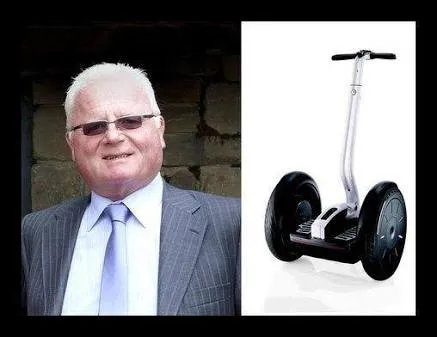
Credits
Presented in 2001 as the invention of the century, the Segway has actually remained an expensive toy reserved for a few eccentric technology enthusiasts.
Easier to ride than a bicycle, in 2010 it was the life of Jimi Heselden, owner of the Hesco Bastion, the British company that makes the famous electric scooter.
Although he was not the inventor of the Segway, but Heselden had dedicated the last years of his life to it. Fate decided that during an excursion he lost control of the segway, ending up in an escarpment where he found death.